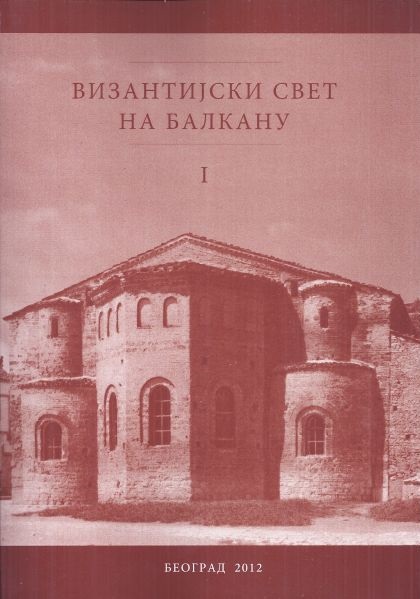Болести царева у Хронографији Михаила Псела
Emperors’ Illnesses in the Chronographia of Michael Psellos
Author(s): Milena Repajić
Subject(s): Cultural history, Political history, 6th to 12th Centuries
Published by: Vizantološki institut SANU
Summary/Abstract: Michael Psellos’ Chronographia is renowned as one of the masterpieces of Byzantine historiography and literature in general, but it is only in the last few decades that his subjectivity is not condemned by modern historians. Nowadays it is regarded as valuable for revealing the author’s attitudes and objectives in writing the history, especially if one considers that from the eleventh century onwards historians tend to figure in their works, starting with Psellos himself. He is, with Anna Comnene, the most prominent author in this regard, and his autobiographical “insertions” are so numerous and scattered through the text at many levels, that it can be said that he himself is the central character of his historical work. Psellos’ descriptions of characters are exceptional, and no other Byzantine historian can compare with him in this regard. Since he considered that emperors were key figures in creating history and major political changes, the Byzantine eleventh-century rulers were, at least on the surface, central figures in his historical work as well. Therefore, this paper deals specifically with their descriptions as presented by Psellos via their physical appearance and specifically one aspect of their illnesses. The descriptions of the emperors’ illnesses in the Chronographia are the means of characterizing them in a more candid and subtle manner, namely showing whether or not they were worthy of the imperial position they occupied. Therefore, we do not find any in the portraits of idealized emperors — Basil II, Constantine and Michael Doukas — nor in those of the emperors who were disqualified in other ways — Romanos Diogenes, Michael V, and Michael VI. In the strongly negative portraits of Constantine VIII, Romanos Argyros and Constantine Monomachos, the descriptions of illnesses are very detailed and brutal, and their physical appearance is otherwise disregarded (or, as in the case of Monomachos, his malady is placed in stark contrast to his beauty at the very beginning of his reign), thus showing their unworthiness of the throne. Not even the emperors whom Psellos observed as mainly positive — Michael Paphlagon and Isaac Komnenos — are spared these descriptions, which are carefully and intentionally placed so that they are connected with their misdeeds and thus indicate the punishment for their behavior. The true meaning of the emperors’ illnesses in the Chronographia is further revealed with the metaphor of the illness of the Empire, which is placed near the end of the first part of the history. Psellos here presents the decline of Byzantium in the period he deals with in the Chronographia by using medical terminology and indicating that the emperors after the death of Basil II led “the body of the state” (to swma thj politeiaj) into a state of utter decline and sickness, although Isaac Comnenus tried to cure it, but he used the wrong measures that were too abrupt. In this way, Psellos gives us guidance on how to read his long passages on the maladies of the emperors.
Book: Византијски свет на Балкану I-II
- Page Range: 333-348
- Page Count: 16
- Publication Year: 2012
- Language: Serbian
- Content File-PDF

